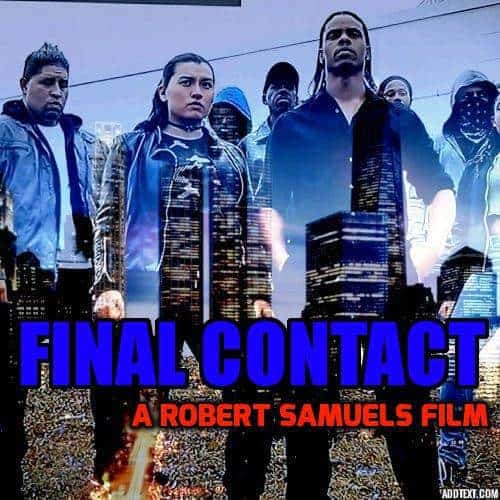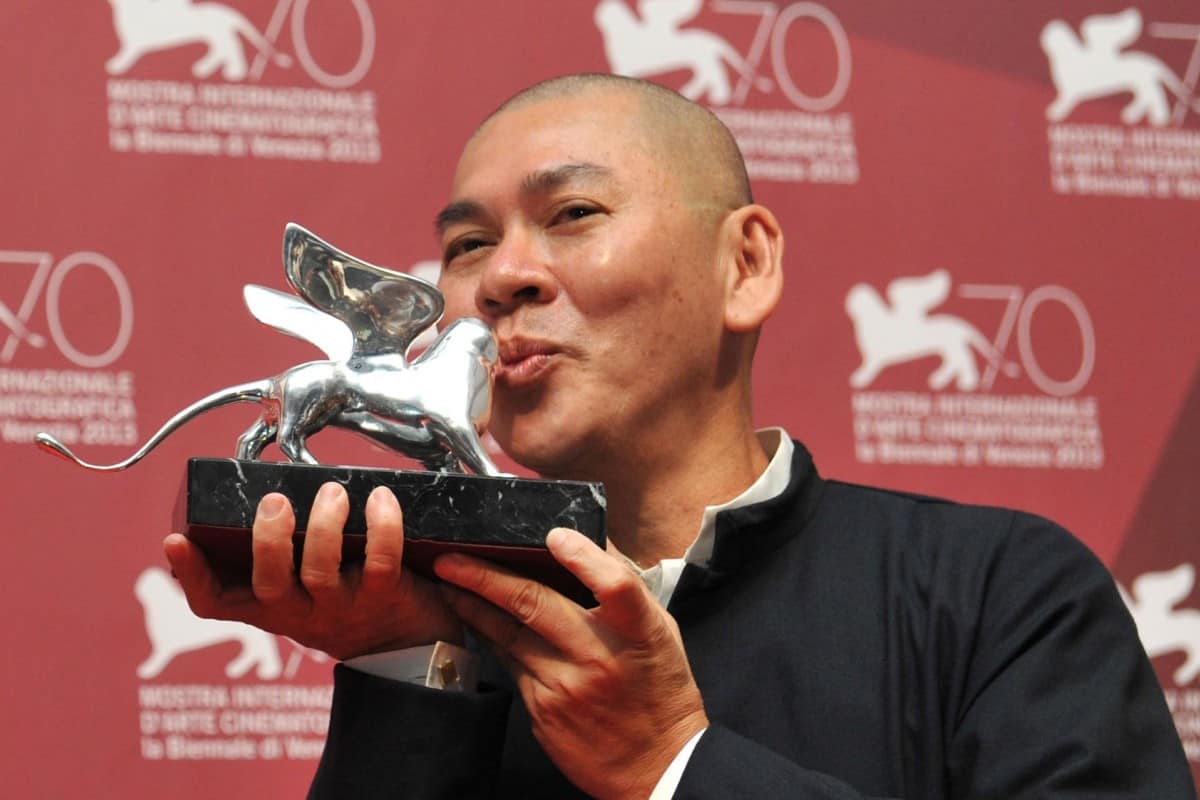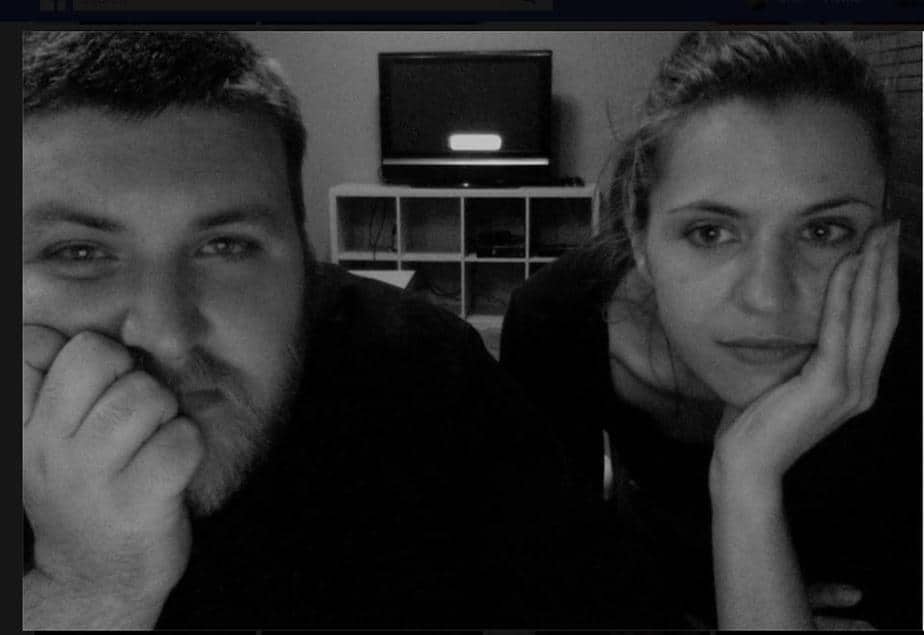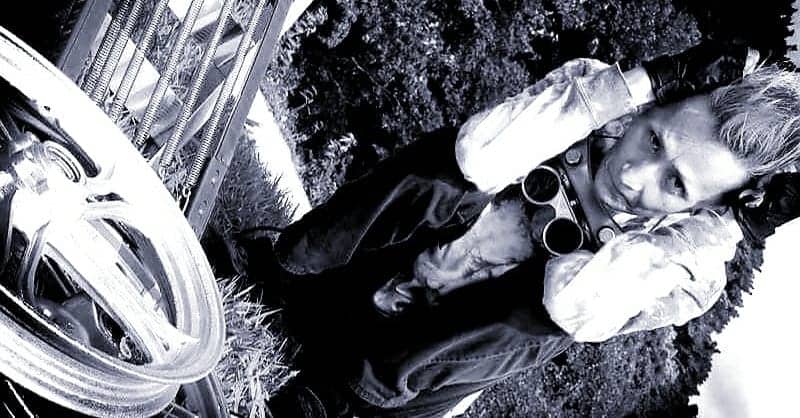Kenzhebek Shaikakov was born in Aktobe, Kazakhstan, in 1977. He studied at the T. Zhurgenova Institute of Theater and Cinema and graduated with a degree in theater and film acting. He also works as a journalist, editor and producer for Kazakh television. His first feature film, “Tent”,” in 2014, was invited to the Asia Pacific Screen Awards. He is also an actor. “Scream” is his second feature film.
On the occasion of Scream screening at FICA Vesoul, we speak with him about the specific place the movie takes place in and how was the experience of shooting there, the various symbolisms in the movie and the women characters, Kazakh cinema and his future projects.

Can you give us some information about the specific place the movie takes place in and also tell us why you chose the particular location?
The nuclear tests that took place in Semipalatinsk lasted for 40 years, from 1949 to 1989. After Kazakhstan became an independent country, the government wanted for the new generations to know and also not to forget about the 456 explosions that took place in the area. That is why I decided to deal with the particular location and the particular subject.
How is the area now?
Most of the area is useless now, no one can live there due to the nuclear tests. During the Soviet Union era, the whole area was closed to outsiders, but now it is open. 2021 signaled 30 years from the closing of the test site, which is why the Kazakh government decided to take some initiatives about the area, which is why they asked me to do a movie about life in the place. Furthermore, for the people that have decided to live there now after all, there are a number of incentives by the government in order to encourage them to do so.
So the film was shot in the actual location? And are the actors locals?
Yes, it was shot in the actual area. The cast is from various locations and since the style of the movie is not ‘academic', we also searched for people who actually live in the area. Actually, in the village where the film was shot, there was a handicapped man like the protagonist but he did not want to appear in the movie, but thankfully, eventually we found a proper protagonist.
Check the review of the film
But I guess it was still difficult finding the protagonist?
Yes, it was difficult finding such an actor. The same applied to the kids, it was difficult finding the cast, because we needed some that could speak in the same way kids did 30 years before, and the tone and the way of speaking, all have changed.
So after shooting there, do you feel empathy towards the current inhabitants?
Actually, this was my wife's village, so I have been visiting for the last 20 years, and this is when I heard all these stories and decided to include them in the film. Therefore, I know the way of living in this particular place. I respect my wife who is from the East, but I am from the West, and even though I knew the issues the locals faced, I could not feel as the locals did.
What about the screaming man who reappears in the movie? What does he symbolize?
He is like a caricature of this metaphor, because people who are in good health and mental state do not scream like that, but he is essentially the voice of the soul of the locals. His scream essentially is a direct cry for what is happening, in contrast to the then government who had these people deemed as crazy. He expresses the pain of the people and the land.
The women appearing in the film are quite different looking from the rest. Why is that, what is the symbolism there?
This is a movie shot in the style of Kusturica and Kaurismaki and that is why it includes many caricatures, and that is also why the women are a bit mad. During the Soviet Era, people would believe anything the government said, they were like kids essentially. In this film, we are watching the sales woman talking about Indian movies and people listening and crying to her stories, which moves in the same path essentially. The woman in red is a symbol for Mother Earth. She is beautiful, as nature is, and is willing to give everything, but people don't appreciate her, instead exploiting her. That is why in the end she flies away and leaves the upcoming generation with all the problems of the land. This is why I also left the ending open, so anyone can theorize what actually happened based on their own opinion.
What is your opinion of the Kazakh movie industry at the moment?
Nowadays, there are different types of genres coming from Kazakh cinema including auteur movies, like the ones from Adilkhan Yerzhanove and Emir Baigazin, although there were ones also in the previous generation, like the ones from Darezhan Omirbayev. Every year between 30 and 40 movies are shot, but only 5 or 6 auteur ones. There is also an evident connection between the previous and the current generation, because, for example, in my case, I grew up watching the movies of the previous filmmakers.
So the local audience goes to watch local movies?
Yes, comedies in particular have been quite popular during the last 10 years, which is a good start. But I do hope this leads to shaping a wider culture for cinema, like here in France.
What are you working on next?
I am working on a couple of scripts, but I will need money to develop them. I will try and get funding from the government if possible, and if not, I will shoot with a low budget, guerilla style.















